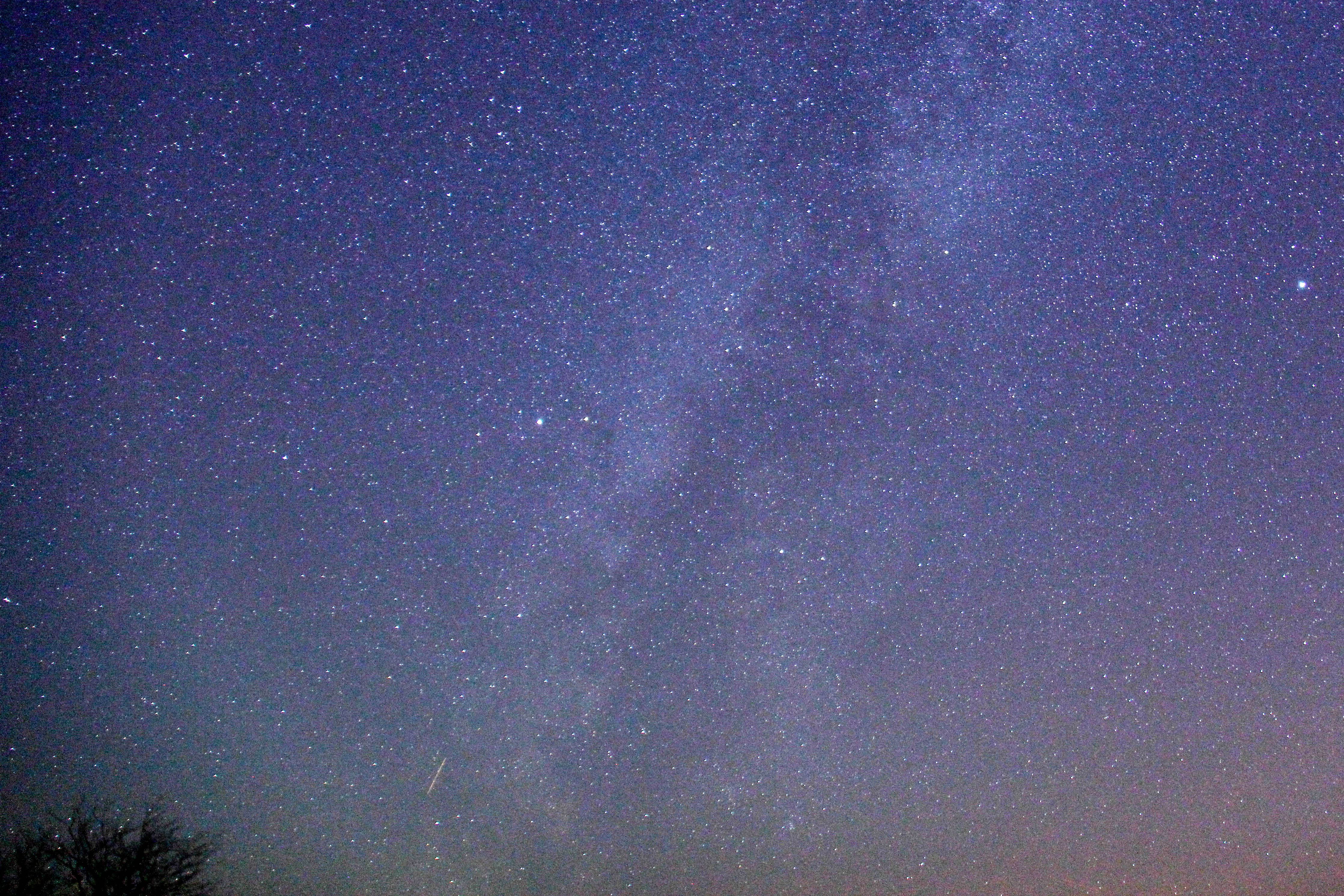

Take a nighttime stroll through campus. What do you see? Probably quite a bit — there’s a lot of light. So take a step back and ponder for a moment what you do not see. Quite a few things, as it would turn out. I’m here to tell you what those things are.
Let’s start by talking about how wasted light drains our wallets. You might have noticed during your stroll how the light from the globes on campus escapes everywhere, including upward. This throws light into the sky, wasting energy and money. However, if you look at the lights positioned in surrounding parking lots, such as the ones on the west side of Franklin and Patterson streets, they do a much better job of simply shining downward. Here, light isn’t escaping through a clear top — it’s being reflected back and strengthening the downward illumination resulting in less light needed. If procedures were put in place to minimize wasted electricity and money spent on it, they could be put to more important uses.
Now let’s peek at how these lights risk the safety of those on campus. Unfortunately, a common belief is the more light there is, the safer it is, but that’s not the case. In fact, increasing light actually can make students unsafe.
“Glare from bright, unshielded lights actually decreases safety. It shines into our eyes, constricting our pupils. This diminishes the ability of our eyes to adapt to low-light conditions,” according to the International Dark-Sky Association.
These bright lights also create deep shadows right next to them — with that glare in your eyes, your sight can’t adapt to see what could be lurking very close to you. People whom you cannot see can easily see you. It also proves disastrous when driving — if light blinds the driver, they can’t see oncoming cars or crossing pedestrians, which could result in a fatal accident. The globes on Truman’s campus pose those risks. Unshielded light glares straight into our eyes, and because of its lack of direction, more is needed to illuminate everything, further decreasing our safety.
Something that may not initially come up as an issue with light problems is health problems — particularly, depression and obesity. Studies conducted at Ohio State University proved constant dim light at night can disrupt the production of melatonin, a hormone that acts as an antidepressant and an internal clock, according to an Oct. 12, 2010 article by The Jerusalem Post and a Nov. 17, 2010 article by Live Science. At Truman, even residents on higher floors of residence halls cannot escape the light that shines through the tops of the bright globes and leaks through blinds. This intrusion affects sleep patterns and rest, disrupting hormones and potentially causing depression. Furthermore, it can mess up internal clocks and throw off eating habits. As many students normally are on campus 24/7, there’s no escape from the intense brightness of so many lights at night, not even in their dorm rooms, which results in some students requiring blackout curtains.
Finally, though by no means the least of these problems, these lights can be detrimental to the surrounding environment. Not only does it affect the night sky, increasing our carbon footprint, but it can prove deadly to wildlife.
“Migratory birds depend on cues from properly timed seasonal schedules. Artificial lights can cause them to migrate too early or too late and miss ideal climate conditions for nesting, foraging, and other behaviors,” according to the International Dark-Sky Association.
Now that we have glimpsed light pollution’s detrimental effects on money, safety, health and the environment, you might now be wondering what the next step is to address the problem. You can spread awareness about the issue, get people invested, and aim these efforts at those in a position to do something about it. There are several solutions readily available to us. The ideal would be to slowly replace campus lighting with more efficient models and improve their placement to minimize unnecessary light. For instance, if a globe needs to be replaced, it could be replaced with a more efficient model instead of with another globe. This is the real world, however, and it’s not always full of ideal conditions.
Thankfully, there is a temporary solution available that would solve part of the problem by keeping light from being thrown up into the night sky until the existing light fixtures can be replaced with friendlier ones — paint the top of the globes. This was done to similar globes and met with success in Wheaton, Maryland during 2011. This way, light would no longer be thrown up into the sky and against the sides of buildings, minimizing its detrimental effects on health, safety and the environment.
